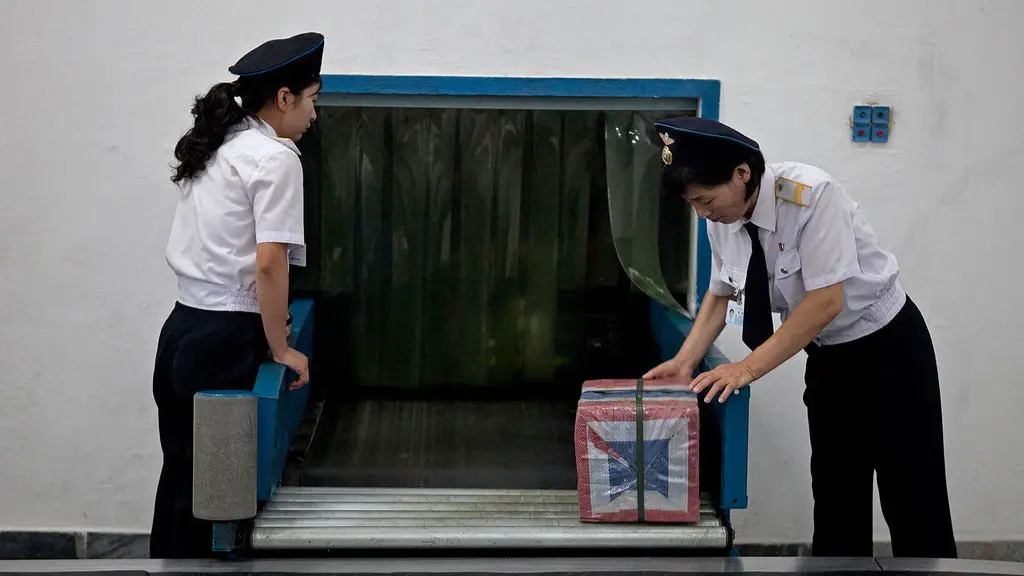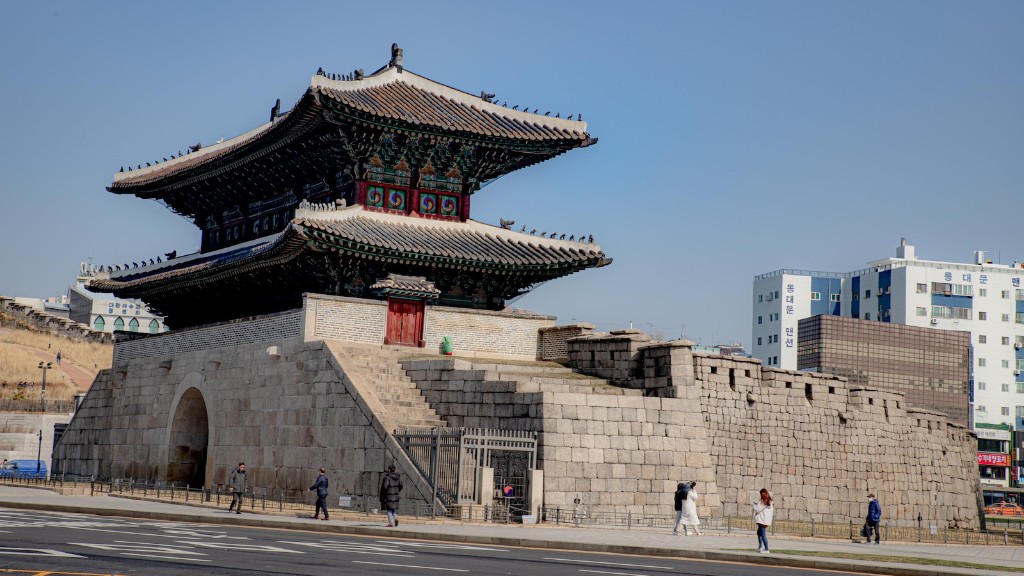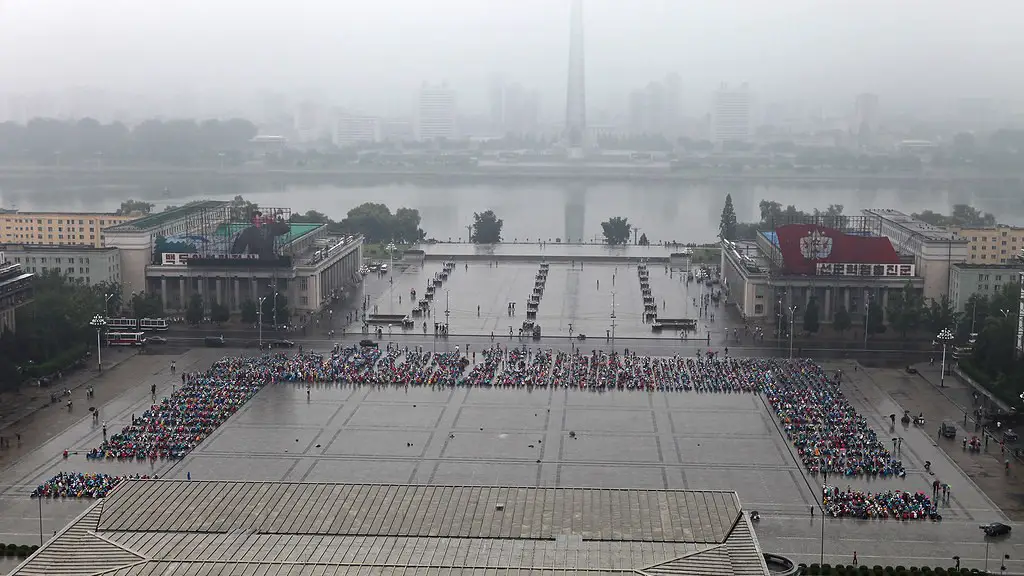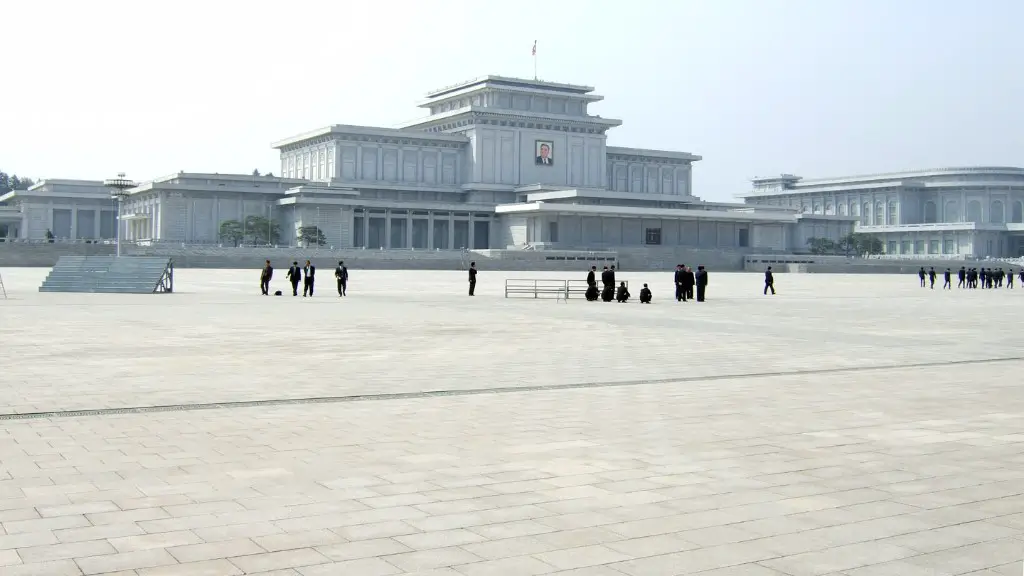What is the Conflict Between North Korea and the U.S.?
North Korea and the U.S. have been at odds for decades. The hostile rhetoric from both sides has increased significantly in recent years, with President Donald Trump referring to North Korea as a “rogue nation.” North Korea has been making headlines through their efforts to develop weapons of mass destruction, and has long voiced their opposition to the U.S. and its allies. Today, North Korea and the U.S., along with South Korea, Japan, and China, are engaged in nuclear talks to de-escalate tensions. However, the situation remains volatile and prone to flare-ups.
The conflict between North Korea and the U.S. can be traced back to the end of the Korean War in 1953, when the two sides signed an armistice agreement. Since then, North Korea has sought to strengthen its hold on the Korean peninsula through a policy of nuclear brinksmanship and aggressive rhetoric. In 2002, then-U.S. President George W. Bush declared North Korea part of the “axis of evil,” furthering the antagonistic relationship between the two nations.
North Korea’s Supreme Leader, Kim Jong-un, has continued to build and maintain nuclear and ballistic missile capabilities despite economic sanctions imposed by the U.S. and other countries. Kim Jong-un has also maintained a policy of reclusiveness and isolation, having shut down crucial communication channels such as the “Kaesong hotline” between Seoul and Pyongyang. This has further fueled tensions between the two sides, raising the possibility of a military confrontation.
What are the Possibilities of an Attack?
The possibility of a North Korean attack against the U.S. or its allies has become a serious concern. While North Korea has yet to launch an attack, there is no guarantee that it won’t. North Korea’s ideological commitment to socialism and independence, paired with its desire to protect its regime, could lead it to take more drastic action.
North Korea is known to have stockpiles of chemical and biological weapons, which they could use against the U.S. and its allies in a retaliatory attack. North Korea has also threatened to use nuclear weapons and their missile capability has been advancing, which could potentially be used in a missile strike against the U.S. or its allies.
North Korea also has a large standing military, which gives them the capability to launch an all-out ground invasion. This could take the form of a conventional attack, such as an offensive against South Korea, or a more unconventional attack, such as an attempt to occupy a U.S. base or territory.
There is also the possibility of a cyber attack. North Korea is widely considered to have a well-developed cyber warfare capability, which could be used to target U.S. infrastructure or government networks.
What Could be the Likely Targets?
If North Korea decides to launch an attack, the potential targets would most likely be the U.S. or its allies. North Korea’s missiles could be used to target U.S. naval bases in the region, such as those located in South Korea, Japan, and Guam. North Korean forces could also attempt to target South Korean military bases or key infrastructure, such as the Han River Bridge.
The U.S. could also be a potential target. North Korean missiles could reach the U.S. mainland and its overseas territories, such as those in the Pacific Ocean. While the range of North Korean missiles is uncertain, it is likely that they could reach the U.S. West Coast. Additionally, North Korea is also capable of launching cyber attacks against U.S. infrastructure or government systems.
What is the Likely Outcome?
The aftermath of a North Korean attack is difficult to predict. The U.S. and its allies would likely respond swiftly and forcefully, as they have done in the past. U.S. forces could launch a retaliatory strike against North Korean targets, while South Korea, Japan, and China would likely take part in any military action.
The response from the international community would also be swift. The United Nations could impose economic sanctions on North Korea, while the U.S. and its allies could introduce diplomatic measures to pressure Pyongyang into de-escalating the situation.
Ultimately, the situation is highly unpredictable and any military engagement between North Korea and the U.S. or its allies would have far-reaching consequences. While it is unlikely that North Korea will launch a first strike, the possibility cannot be ruled out.
Are There Any Preventative Measures?
In order to prevent an attack, it is essential that the international community continues to pressure North Korea to cease its nuclear weapons program and reduce its stockpile. Economic sanctions have had some success in reducing North Korea’s capabilities, and increased international dialogue is essential in easing tensions and preventing conflict.
The U.S. and its allies must also take proactive steps to ensure their own defense. This includes strengthening military capabilities and having contingency plans in place in the event of a conflict. Additionally, the U.S. should continue to work with its allies in the region, such as South Korea and Japan, to ensure a unified and effective response.
What is the International Community Doing?
The international community is taking active steps to reduce the likelihood of conflict. The U.S. and its allies have been engaged in nuclear talks with North Korea in an effort to de-escalate tensions and prevent a conflict. This has been supplemented by economic sanctions and diplomatic efforts to curb North Korea’s nuclear proliferation efforts.
The United Nations has also imposed economic sanctions on North Korea in an attempt to curb their weapons program. Additionally, the U.S. and its allies have introduced diplomatic measures to pressure Pyongyang into de-escalating the situation, including a ban on oil exports and restrictions on North Korean travel.
Overall, the international community is seeking to prevent a conflict between the U.S. and its allies and North Korea. While the situation remains volatile, the U.S. and its allies are taking steps to reduce the risk of a North Korean attack.
What is the U.S. Position?
The U.S. has long held the view that any use of force by North Korea against the U.S. or its allies would be met with swift and decisive action. President Trump has warned that the U.S. is “locked and loaded” and has declared that the U.S. would respond quickly and severely if North Korea fired any missiles towards U.S. or allied territory.
The U.S. has also taken steps to reinforce its military capabilities in the region. This includes the deployment of additional troops and fighter jets to South Korea and Japan, as well as the strengthening of alliances with other nations in the region.
Overall, the U.S. is taking a strong position on North Korea, while also seeking to reduce the chances of conflict. Despite the rhetoric, the U.S. is still engaged in talks with North Korea and hopes to achieve a peaceful outcome to the situation.
Conclusion
Ultimately, the tensions between the U.S. and North Korea remain high, and a conflict could still occur. The U.S. and its allies must remain vigilant and continue to take steps to prevent a North Korean attack. This includes continuing dialogue with North Korea and strengthening economic sanctions, as well as strengthening military capabilities.
At the same time, the U.S. and its allies must be prepared for any eventuality and have contingency plans in place in the event of an attack. The international community must also take active steps to engage with North Korea in a peaceful manner, in order to reduce the chance of conflict.





